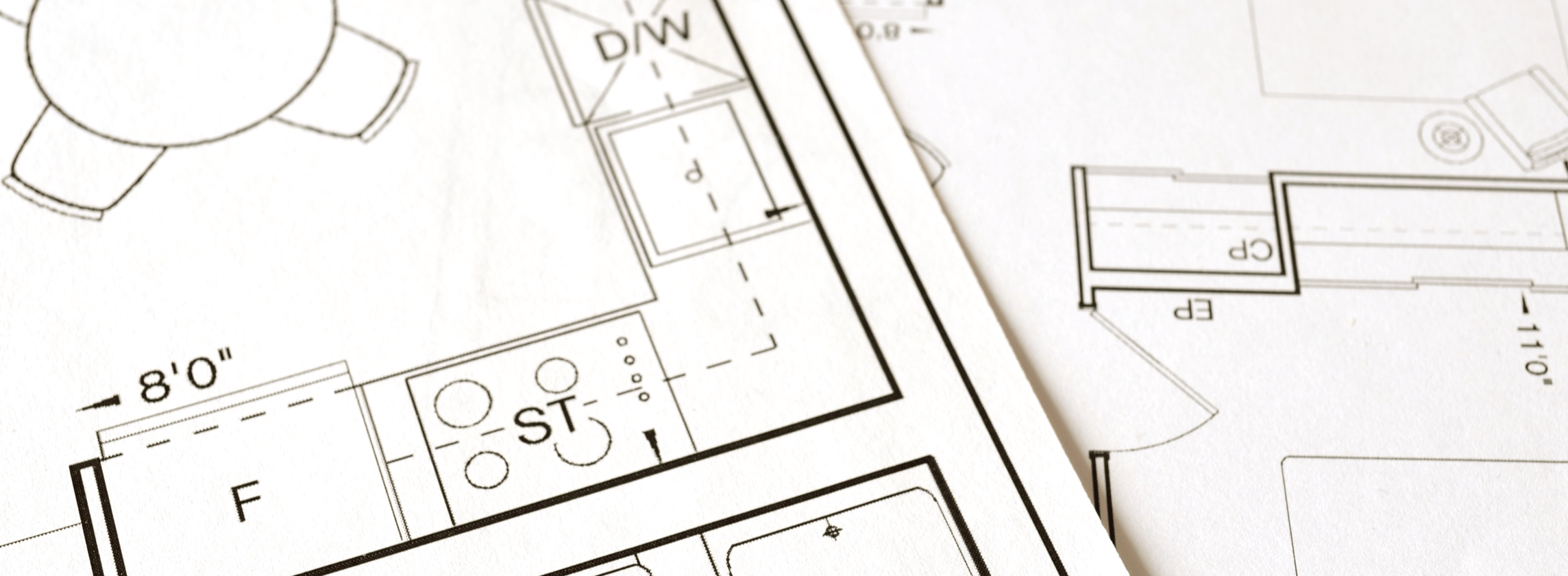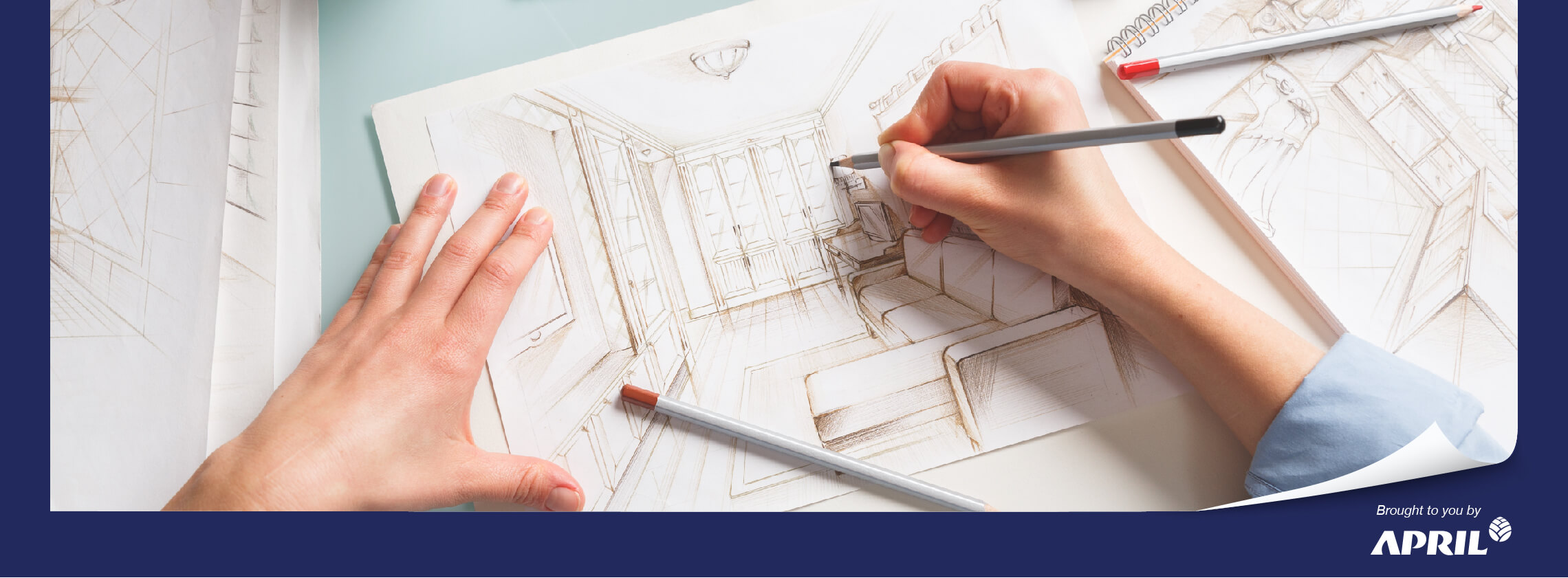Architecture Content
Paper : More than a surface
Building ideas from the ground up in Architecture
“God created paper for the purpose of drawing architecture on it. Everything else is, at least for me, an abuse of paper.” – Alvar Aalto
Every architectural structure, big or small, begins life as an idea captured and sketched on a piece of paper. Some of these drawings eventually become real buildings that people live, work and play in; while some introduced groundbreaking ideas that would go on to revolutionize the industry. The rough concept of the Crystal Palace of Hyde Park in 1851, the first structure to employ glass on a large scale, was born on a napkin sketch. Danish architect Jørn Utzon famously won the competition to design the now-iconic Sydney Opera House with just a few simple drawings.
From the initial stages of a design, to documenting the process and visualizing the final stages of a project, paper is the medium through which the architect expresses his or her creative vision. Given the essential nature of paper in the profession, the quality of paper used thus becomes of paramount importance in the workflow of an architectural firm. This can be seen in the following aspects:
Clarity
Every architectural structure, big or small, begins life as an idea captured and sketched on a piece of paper. Some of these drawings eventually become real buildings that people live, work and play in; while some introduced groundbreaking ideas that would go on to revolutionize the industry. The rough concept of the Crystal Palace of Hyde Park in 1851, the first structure to employ glass on a large scale, was born on a napkin sketch. Danish architect Jørn Utzon famously won the competition to design the now-iconic Sydney Opera House with just a few simple drawings.
From the initial stages of a design, to documenting the process and visualizing the final stages of a project, paper is the medium through which the architect expresses his or her creative vision. Given the essential nature of paper in the profession, the quality of paper used thus becomes of paramount importance in the workflow of an architectural firm. This can be seen in the following aspects:

Color
An integral element of our world, color plays a crucial role in the architectural environment and is not relegated to decoration alone. The architect has to consider the color effect of every element of a structure, from the earthy colors of construction materials like wood, stone, brick, and marble, to the expansive variety of colors available for various details like doors, windows and trims.
ProDigi™ HD Print Technology enhances color vibrancy by 34%, enabling sharper ink-drops, keeping the ink on the surface better than ordinary papers.

Environment Impact
The architecture industry has made a concerted effort in recent years to promote green design, creating healthier building ecosystems that lessen the pollution impact on our earth. It all starts from within the agency, where efficient use of resources can lead to significant cost savings and greater sustainability.
ProDigi™ HD Print Technology saves up to 18% of ink use.
Paper has always been a source of fascination for designers and architects, going beyond its function as a drafting surface to the fabrication of 3D paper models and even the construction of emergency shelters. It goes without saying then, that the choice of paper is just as important as any other decision you make during the creative process.
Find out more about PaperOne with ProDigi™ HD Print Technology here




